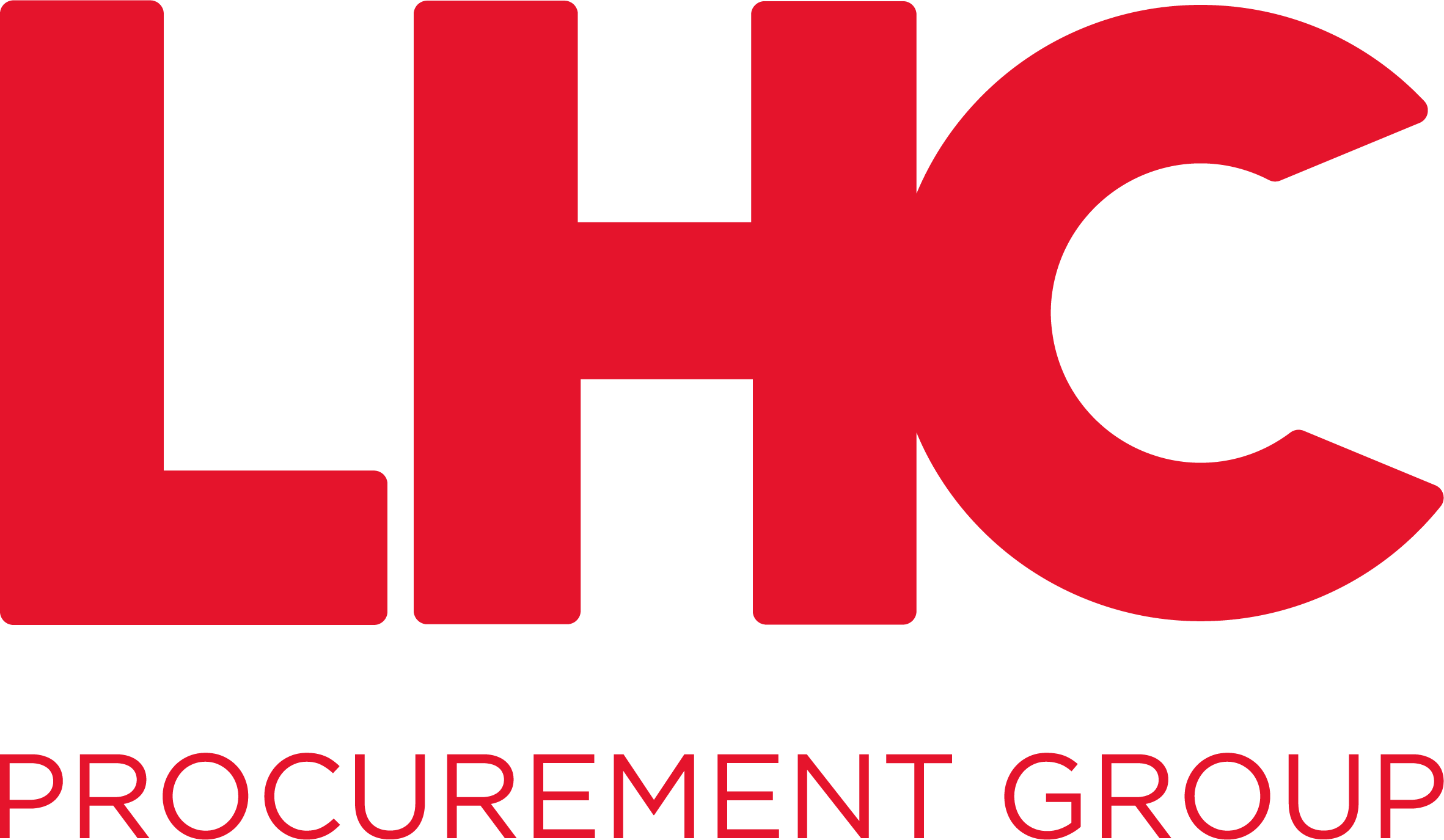What you need to know about the Transforming Public Procurement checklist
Each year, the public sector spends in the region of £300bn through public procurement – accounting for around one third of all public expenditure and making it the largest area of public spending.
Regulations that govern how that money is spent are set to change. The four existing sets of regulations – Public Contracts Regulations 2015, Utilities Contracts Regulations 2016, Concession Contracts Regulations 2016, and Defence and Security Public Contracts Regulations 2011 – will all be replaced by a single, new regulatory framework.
The Procurement Bill, which is now at committee stage having had its Second Reading in the House of Commons on 9 January 2023, will introduce the most significant changes to the way public sector organisations buy goods and services for a generation.
By improving the way public procurement is regulated, the government seeks to not only save the taxpayer money but spread opportunity, improve public services, empower communities and restore local pride across every region of the country.
While the new regulations won’t come into force until likely early 2024, they will bring a step change in how public goods and services are bought and commissioned. There will therefore be a six-month advance preparation period in which buyers and suppliers can ready themselves for the impending changes.
There is no time like the present and contracting authorities can start planning now to ensure they are ready to take advantage of the new regime.
To help contracting authorities prepare, the Transforming Public Procurement checklist suggests initial actions in four key areas as follows:
1. Processes and policies
Make sure your current processes and procedures are robust in areas such as early market engagement and supplier evaluation/assessment, with governance documents that record key decisions.
2. Systems
Familiarise yourself with the document ‘Transforming Public Procurement - Our Transparency Ambition’ which outlines the government’s proposals to improve transparency of UK public contracts and spending.
Consider the readiness of your organisation to meet the new data requirements, including where data currently resides in your existing e-procurement systems.
3. People
The Cabinet Office will be providing a comprehensive learning and development programme to support everyone operating within the new regime and help you to understand what is changing from the current system.
Funded public sector places on the learning and development courses are being made available, so they are free at the point of delivery. There will be other training available for supply chain, too.
Think about who in your organisation should attend the training. If you would like to become an L&D super-user, contact your departmental or sectoral lead for Transforming Public Procurement or email procreformspocs@cabinetoffice.gov.uk
Beyond this, consider the procurement and contract management capability across your organisation and whether there is any refresher training required. Think about benchmarking your organisation against relevant commercial and procurement operating standards and other comparable organisations, in line with the National Procurement Policy Statement.
4. Transition
Ensure contract registers and details are up to date.
Conduct a review of pipelines to identify planned procurement activity over the next 18 months.
Engage with your key supply chain about the new regime. Direct them to the Transforming Public Procurement landing page at gov.uk for further information.
The complete overhauling of public procurement in the UK may seem daunting at first, but the four steps outlined above should provide clear direction on how your organisation can prepare now so that you are ready when the changes come into effect.

